PRESENTATION: Realities Left Vacant
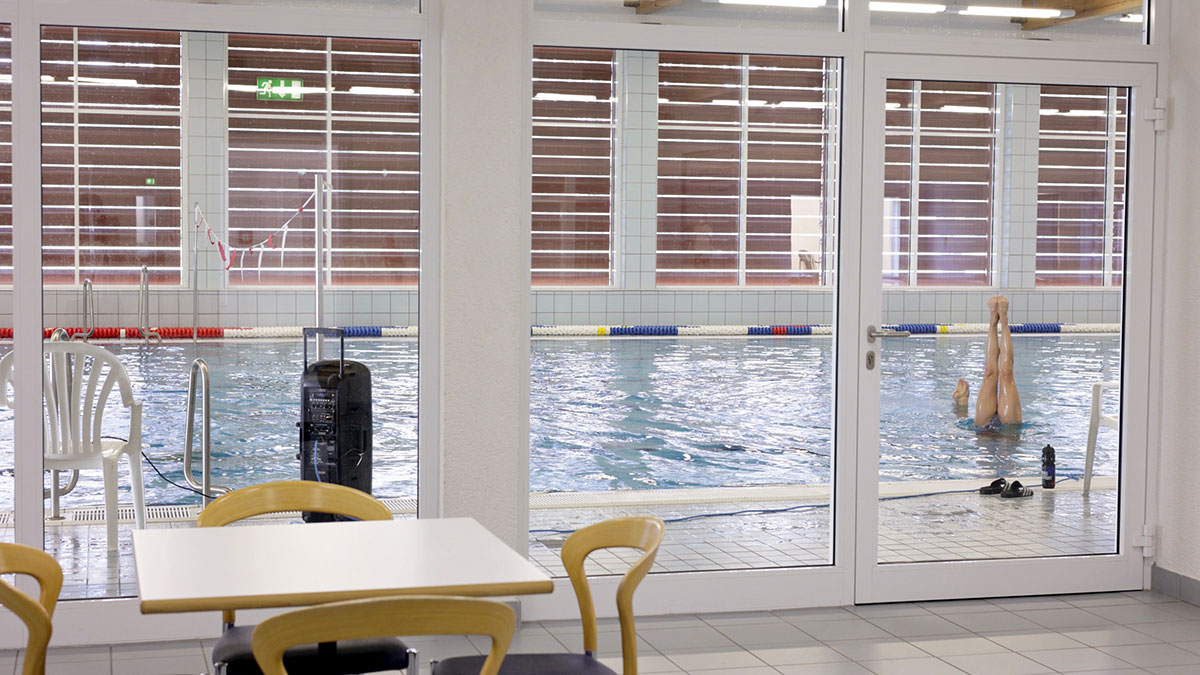 The exhibition “Realities Left Vacant” presents works by the 11 international artists awarded the 2022 visual arts work stipend of the Berlin Senate. The exhibition shows the diversity of their individual artistic approaches while highlighting the broader social issues and contemporary image politics that shape them. The exhibition brings together works that explore the infrastructures of seeing and experiencing.
The exhibition “Realities Left Vacant” presents works by the 11 international artists awarded the 2022 visual arts work stipend of the Berlin Senate. The exhibition shows the diversity of their individual artistic approaches while highlighting the broader social issues and contemporary image politics that shape them. The exhibition brings together works that explore the infrastructures of seeing and experiencing.
By Efi Michalarou
Photo: n.b.k. Archive
The artworks of the exhibition “Realities Left Vacant” address questions of origin, belonging, and the relationship between collective and individual memory and investigate the influence of geopolitical conflicts and the global climate crisis on access to infrastructures. Drawing on documentary and investigative practices, archive-based research, biographical narratives, and the image politics permeating the mass media, they call for an engagement with power structures, colonial legacies, and mechanisms of value creation. Göksu Kunak explores petropolitics in Turkey and Southwest Asia in the 1980s and 1990s with her installation “Petrol” (2022). She examines the effects of these politics on the economy and popular culture through the song Petrol by Ajda Pekkan, a love anthem to petroleum performed at the 1980 Eurovision Song Contest. Tekla Aslanishvili, in her experimental documentary film, “A State in a State” (2022), tells the story of railroad infrastructures that were abandoned in the wake of competing ideological systems after the collapse of the Soviet Union. Painting an ambivalent picture of China’s global Belt and Road Initiative, she shows how transport connections create opportunities for disruption and sabotage – whether to enforce power interests or to infiltrate those very interests. The video essay “Amphibious Paths” (2022) by Alina Schmuch, in collaboration with Maria Ebbinghaus, looks at how infrastructures respond to the effects of climate change and the growing threat of rising sea levels. It considers the actions of attack, retreat, or adaptation as responses to changes in living conditions. The sound piece “Speculum Dianae” (2022) by Marianna Christofides tells of receding water and what it releases. The shoreline of the sacred lake of the Roman goddess Diana, Lago di Nemi in Italy, becomes the basis of a musical composition, while its sinking water level reveals the floating palaces which once belonged to the Roman emperor Caligula like floating palaces. In works such as “Place” (2023) from the series “Semantic Fields” by Silvina Der Meguerditchian, signs of environmental deterioration are complemented by processes of knotting and unknotting connections – in this case, using wool yarn. By dissolving words into individual strands that spill into the exhibition space, the artist creates thought-provoking connections between idea and world, concept and material. Sofia Duchovny plays with processes of dissolution of a different kind. She begins her painting with motifs of fragility and shame, then sands them down layer by layer in a gesture of negation. In doing so, she directs the viewer’s attention to the painted surface, exposing the principles behind its construction. Comprised of portraits, digital imagery, stock photography, and photographs from books and magazines, Isaiah Lopaz’s collage series engages African, Geechee, and Anishinaabe cosmologies to map where histories often described as disparate and distinct overlap and converge in the present. African, Creole, and First Nation epistemologies and spiritual practices are processed, layered, and superimposed, examining race, citizenship and belonging, climate change, and gender and sexuality. Christian Diaz Orejarena based his investigation into decolonial practices on research and workshops he conducted in Colombia and Berlin-Hellersdorf. In his multimedia installation, he explores the concept of re-existencia, coined by Colombian resistance movements, and considers its applicability and potential for a German-language discourse. Cornelia Herfurtner’s sculptures explore gestures of self-protection in the context of paragraph 17a of the German Assembly Act, which classifies objects used to preserve bodily integrity at public gatherings as “passive weapons.” In this work, Herfurtner questions the status of public space and the individual in a country that sanctions self-protection measures taken against potential police violence. Ahu Dural examines the architecture of Berlin-Siemensstadt, the district where she grew up, which is characterized by factory estates established by the electronics company Siemens. Drawing on childhood memories, Dural creates furniture pieces that recall architectural elements from places of the artist’s socialization while demonstrating the interplay of migrant biographies, architecture, and labor. The series “Obsessions” by Nadja Abt takes the artist’s longstanding fascination with Romy Schneider as its starting point. Through this lens, the artist critically examines mechanisms at work in the film industry and the media and social representation of femininity.
Participating Artists: Nadja Abt, Tekla Aslanishvili, Marianna Christofides, Silvina Der Meguerditchian, Christian Diaz Orejarena, Sofia Duchovny, Ahu Dural, Cornelia Herfurtner, Göksu Kunak, Isaiah Lopaz and Alina Schmuch
Photo: Alina Schmuch, Maria Ebbinghaus, Amphibious Lines, 2022 Video, 16:9, color, sound , 37 min , © Videostill: Alina Schmuch
Info: Curators: Layla Burger-Lichtenstein, Arkadij Koscheew, n.b.k. (Neuer Berliner Kunstverein, Chausseestrasse 128 / 129, Berlin, Germany, Duration: 11/3-7/5/2023, Days & Hours: Tue-Wed & Fri-Sun 12:00-18:00, Thu 12:00-20:00, www.nbk.org/
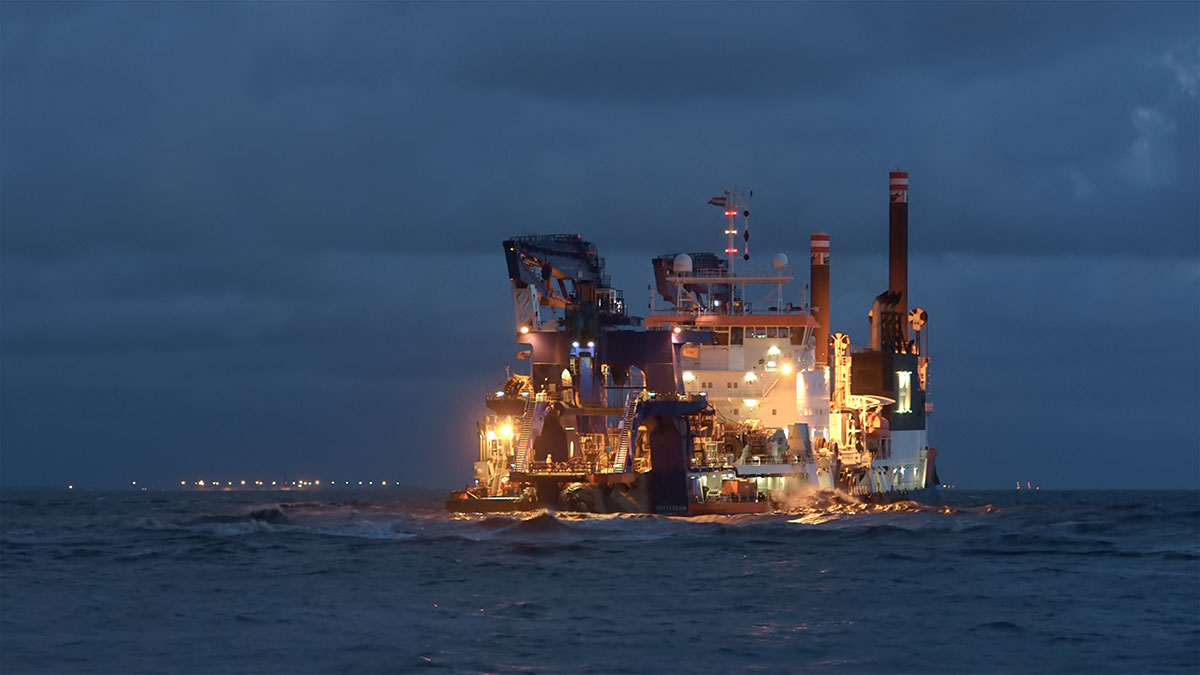
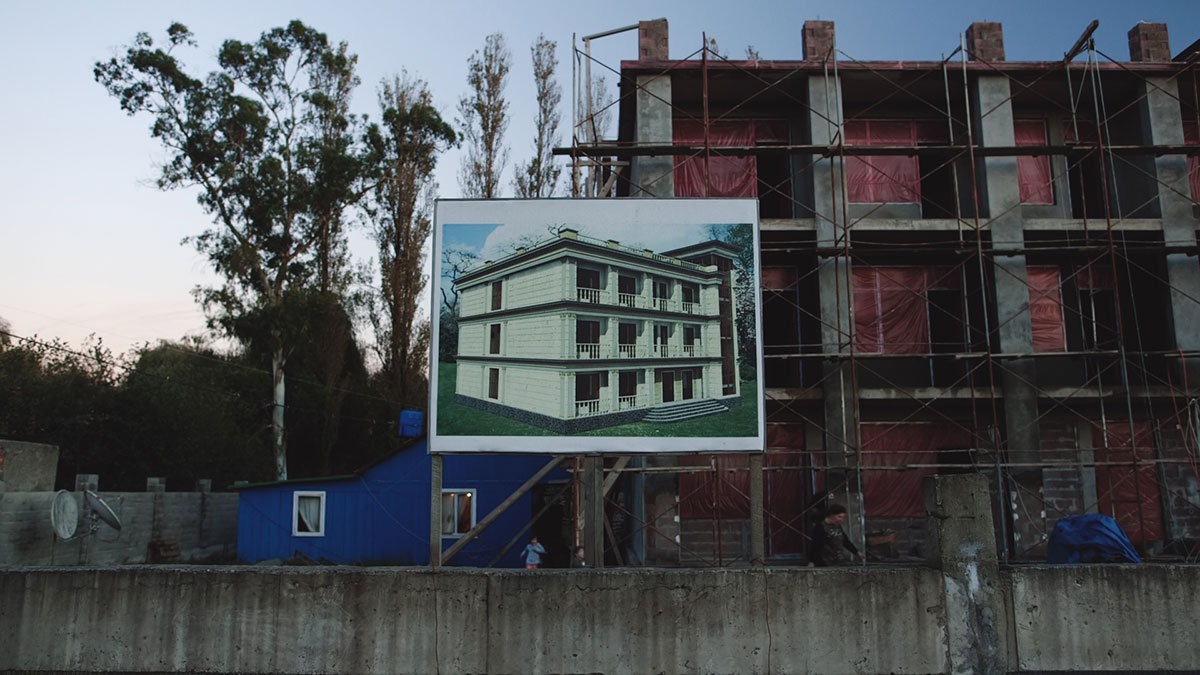
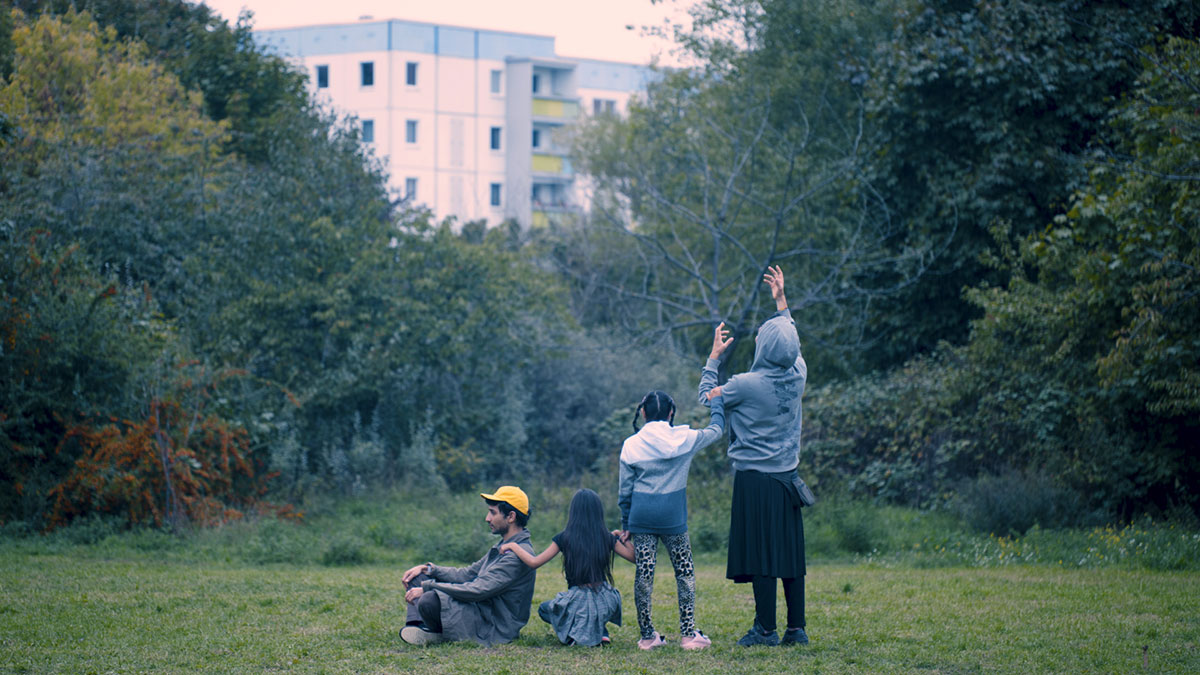
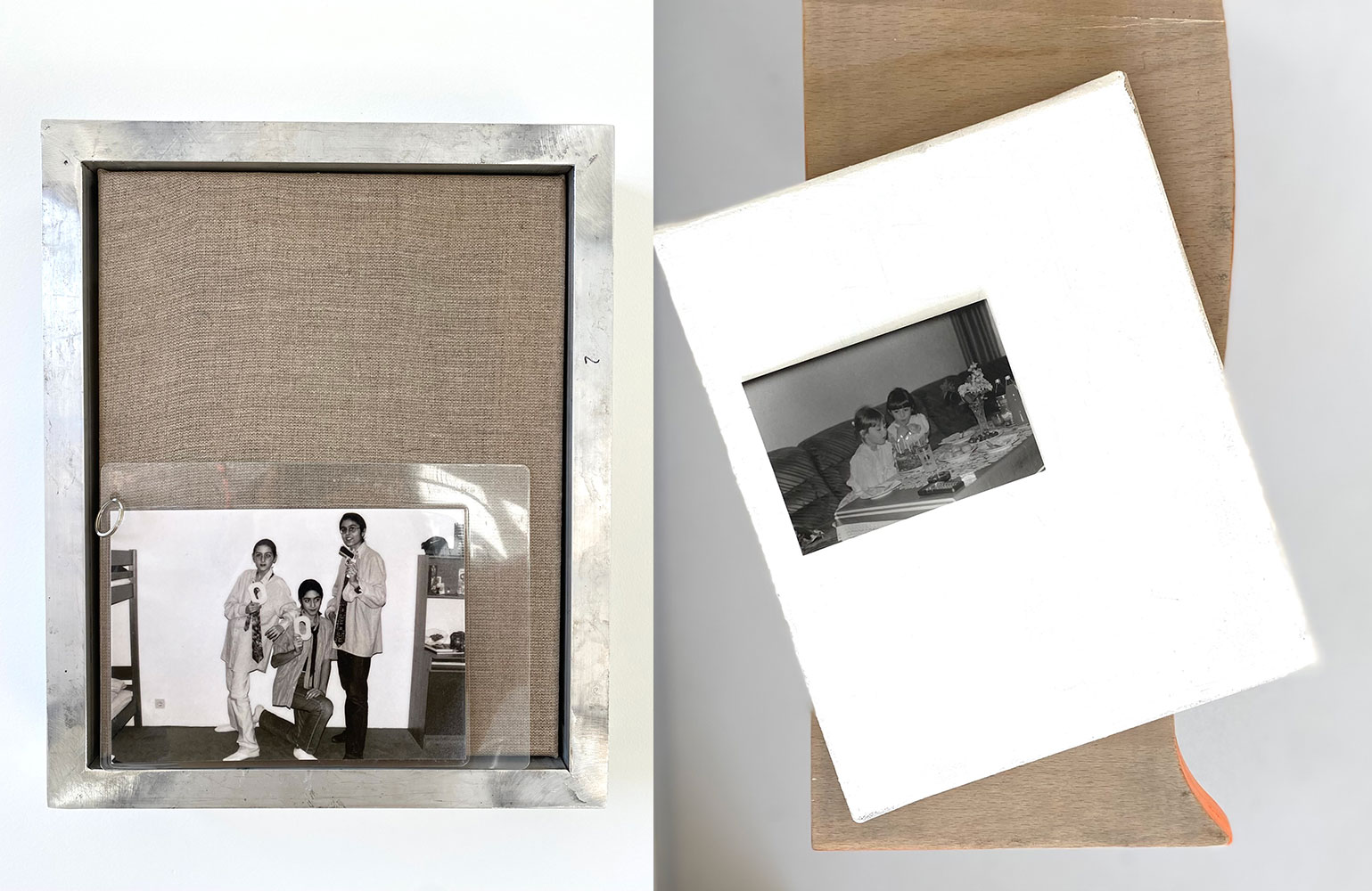
Right: Ahu Dural, Akkord (Variation Y. Geburtstag), from the series Spaces of Belonging, 2023 Wood, approx. 25 x 63 x 150 cm , © Photo: Ahu Dural
